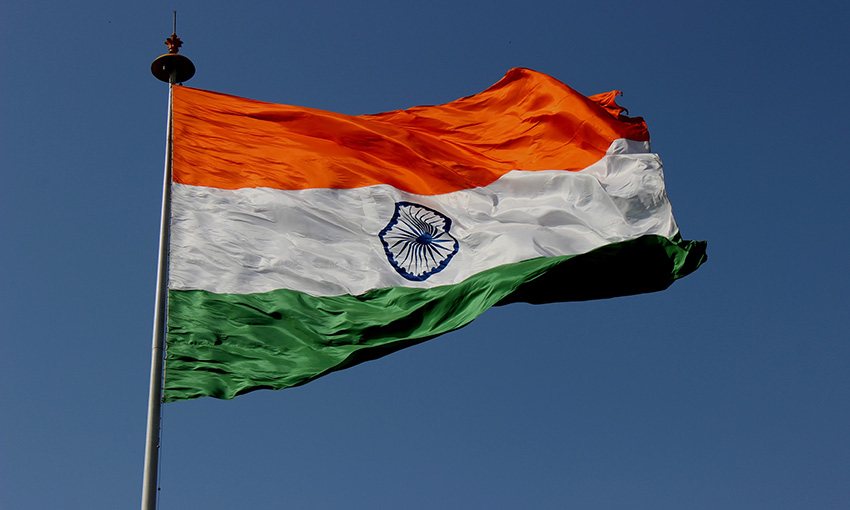AUSTRALIA’S relationship with India took the spotlight in 2022 as trade discussions unfolded between the two countries ahead of a trade deal coming into force. In 1941, Australia became the first country India established full diplomatic relations with.
Now, the world’s largest democracy is on track to this year become the world’s most populous country. India’s supply chain is supported by one of the world’s largest rail networks and by some of the world’s busiest ports. But not all the attention on India’s maritime environment has been positive; the country’s thriving shipbreaking industry is making sure of that.
MARKET OVERVIEW
India was Australia’s fourth-largest goods and services export market in 2021, according to the Department of Foreign Affairs and Trade. The two-way trade was valued at $34.3 billion that year and Australia’s coal exports to India were valued at $13.7 billion.
Throughout the pandemic Australia’s trade and investment relationship with India reflected the fall in global trade. During India’s nation-wide lockdown beginning in March 2020, a significant reduction in manufacturing and steel production caused a decline in India’s metallurgical coal imports. Recovery was steadily underway by July 2021, once lockdown restrictions had lifted.
DFAT said India has a continual interest in infrastructure development, suggesting a strong demand for resources will continue, particularly for metallurgical coal, copper and gold. India is also heavily reliant on imported oil and gas.
THE LOGISTICS LANDSCAPE
India’s largest private port operator Adani Ports and Special Economic Zone (APSEZ) claims its 13 ports and terminals represent 24% of the country’s port capacity. APSEZ’s most economically significant port is Mundra Port, the largest commercial port in the country. Its four container terminals have a combined capacity of 7.5 million TEU. It is among the 50 busiest container ports in the world (according to the World Shipping Council) and home to the world’s largest coal import terminal.
Jawaharlal Nehru Port is also considered one of the world’s busiest ports. The Jawaharlal Nehru Port Trust (JNPT) claims it handles around half of India’s containerised cargo volumes between its five ports. JNPT broke its own record in 2022, its ports handling more than 81 million tonnes of total cargo and almost 6 million TEU, its highest annual figures to date. JNPT is responsible for the Nhava Sheva International Container Terminal in Navi Mumbai.
An important aspect of India’s logistics landscape is its rail network. Indian Railways, a transport company owned by government’s Ministry of Railways, manages the world’s fourth largest national rail network. In 2006 the government established the Dedicated Freight Corridor Corporation of India to construct and operate rail freight corridors linking major cities. The so-called Western Dedicated Freight Corridor, currently under construction but partially operational, terminates at JNPT Nhava Sheva.
MARITIME CHALLENGES
India is one of five countries that share 90% of the world’s shipbreaking work (along with Bangladesh, China, Pakistan and Turkey). The International Labour Organization recognises shipbreaking as one of the most dangerous occupations in the world, with “unacceptably high” levels of fatalities, injuries and work-related diseases. The ILO also notes shipbreaking is rarely subject to safety controls or inspection, and that workers usually have little training, if any at all.

The world’s largest shipbreaking yard is in Alang, a small town in the state of Gujarat on the west coast of India. In 2019, Maersk responded to a wave of criticism it faced over entering the ship recycling sector in Alang. The shipping giant soon began reporting its activity in Alang and put pressure on Indian shipbreaking yards to lift environmental and safety standards.
This article appeared in the February 2023 edition of DCN Magazine







